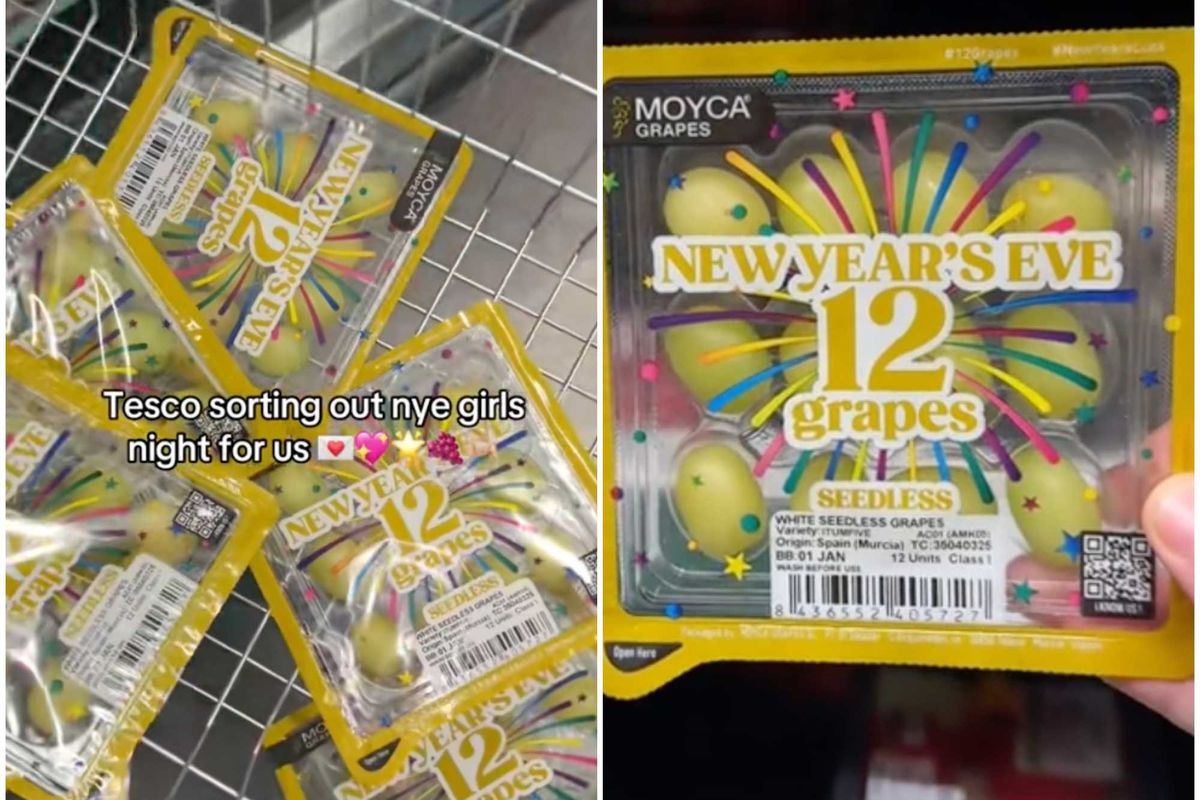Science & Tech
Rachael Pells
Apr 16, 2015
The mystery as to what happens to make a knuckle crack has been solved, thanks to a simple test of “pull my finger”.
In a new study published by the University of Alberta, a team of researchers used magnetic resonance imaging to determine what happens inside a finger joint to make it “pop”.
They observed that the sound is caused by a rapidly forming cavity inside the joint when pulled. Placing a habitual knuckle-cracker’s fingers into tubes which slowly pulled the knuckles apart, researchers captured the cracking moments – which occur in less than 310 milliseconds. In every instance, the cracking and joint separation was associated with the rapid creation of a gas-filled cavity within the synovial fluid, a natural substance that lubricates the joints.
However, the findings have not brought researchers any closer to determining why only some people can crack their joints on demand.
Top 100
The Conversation (0)












